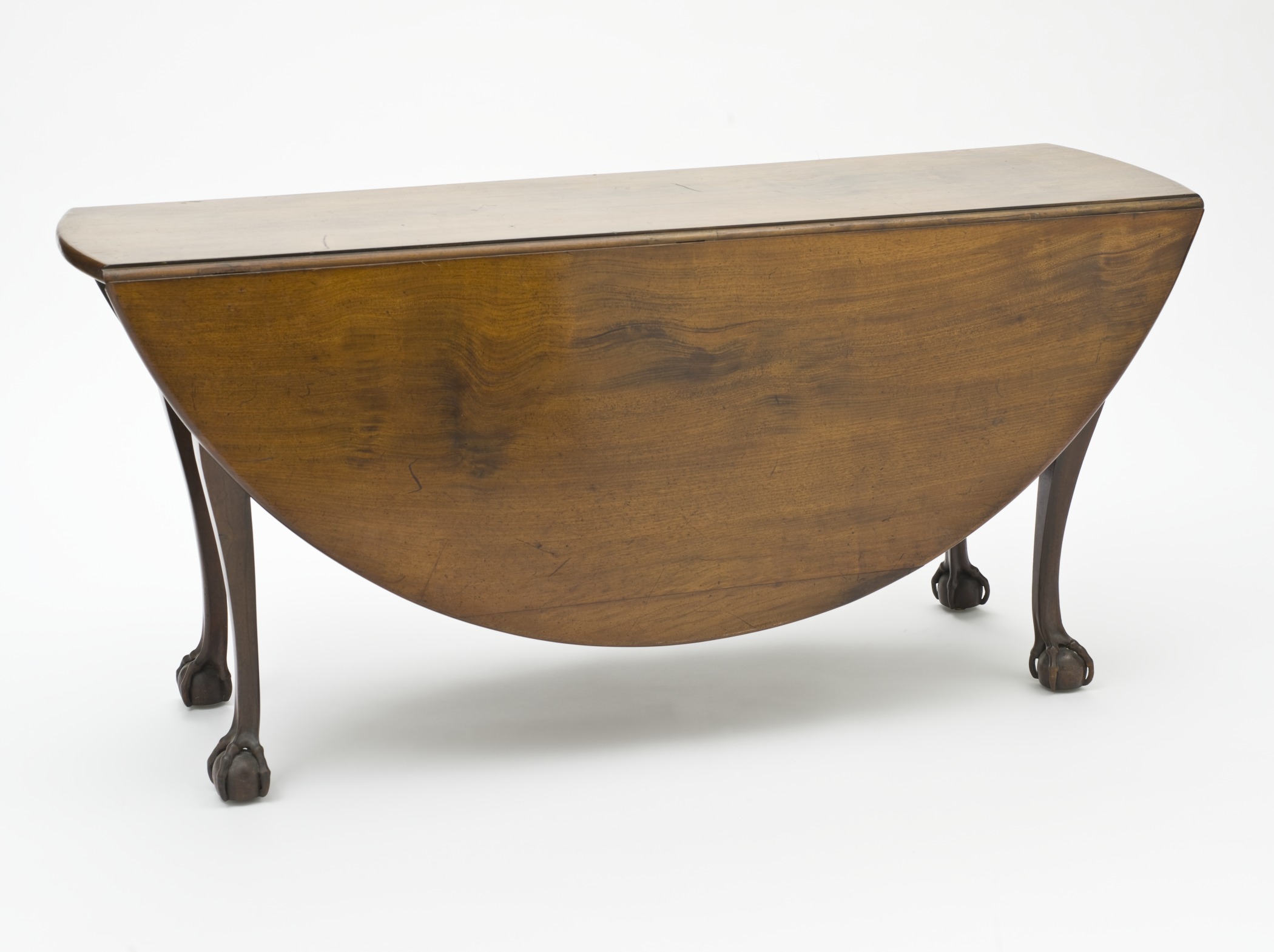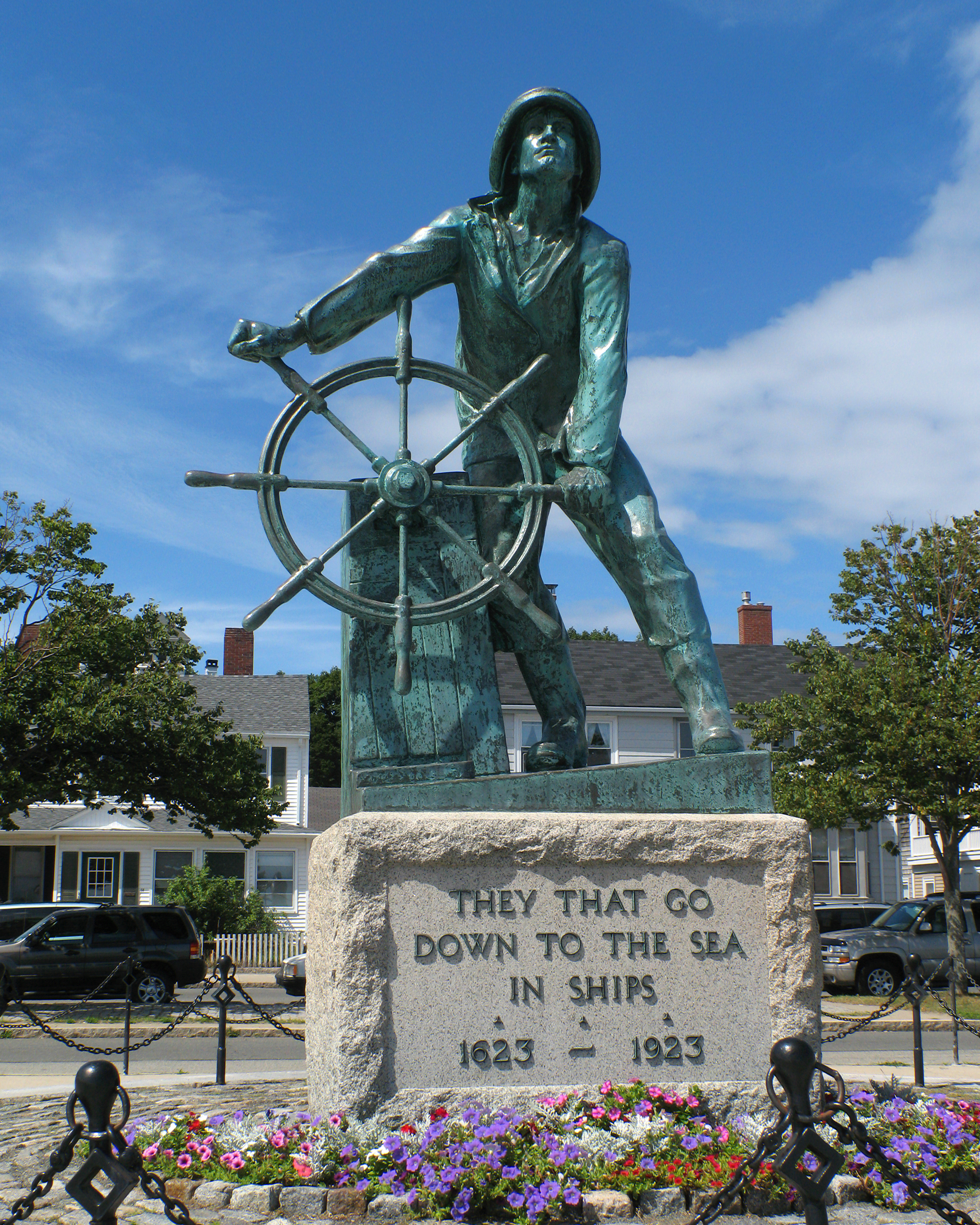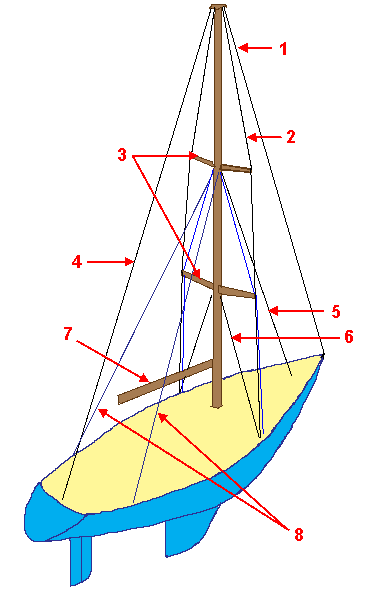|
Archambault A35
The Archambault A35 is a French sailboat that was designed by Joubert Nivelt Design as a racer- cruiser and first built in 2006. The Archambault A35 is often confused with the 2006 Archambault A35R, which succeeded it in production. Production The design was built by Archambault Boats in Dangé-Saint-Romain, France between 2006 and 2013, but it is now out of production. Design The A35 is a racing keelboat, built predominantly with polyester fibreglass sandwich construction, with wooden trim. It has a 9/10 fractional sloop rig, with a masthead spinnaker. It has aluminum spars, with carbon fibre spars optional, a keel-stepped mast, wire standing rigging and two sets of swept spreaders. The hull has a plumb stem, an open reverse transom, an internally mounted spade-type rudder controlled by a tiller, or optionally dual wheels and a fixed fin keel. It displaces and carries of lead ballast. The boat has a draft of with the standard fin keel. The boat is fitted with a N ... [...More Info...] [...Related Items...] OR: [Wikipedia] [Google] [Baidu] |
Joubert Nivelt Design
Joubert is a French language, French surname. It is a regional variant form of Jaubert, originating in the centre west and centre south of France.Albert Dauzat (Foreword by Marie-Thérèse Morlet), ''Noms et prénoms de France'', éditions Larousse 1980. p. 346b. This surname is common to South Africa and Namibia, particularly among the descendants of Huguenots in South Africa, Huguenot settlers. It may refer to: Persons Military * Barthelemy Catherine Joubert (1769–1799), French general during the French Revolutionary Wars * David Joubert, South African general, nephew of Petrus Jacobus "Piet" Joubert * Léopold Louis Joubert (1842–1927), French soldier and lay missionary in the Belgian Congo * Piet Joubert (1831–1900), South African commandant-general (equivalent to major general) and vice president of the South African Republic * Philip Joubert de la Ferté, British air marshal Music * John Joubert (composer), British composer * The Joubert Singers, choir, notable for "St ... [...More Info...] [...Related Items...] OR: [Wikipedia] [Google] [Baidu] |
Fractional Rig
A fractional rig on a sailing vessel consists of a foresail, such as a jib or genoa sail, that does not reach all the way to the top of the mast. The forestay is a wire that secures the mast to the front of the boat. With a fractional rig, the forestay is attached between about 1/8 and 1/4 of the length of the mast lower down, rather than being attached to the top of the mast as in a masthead rig. The foresail (jib or genoa) is then rigged to this stay. The mast is farther forward on the boat than on a masthead rig and so it has a larger mainsail. Masthead rigs are most common on larger keelboats or cruisers. A fractional rig is typically used on sailing dinghies and racing oriented keelboats, such as the J/24. Fractional rigs were introduced on race boats in order to allow more controllability of the surface of the mainsail and also less drag when sailing upwind. According to one manufacturer, "a key to making fast boats easier to sail than slow boats is the 'fractional rig' ... [...More Info...] [...Related Items...] OR: [Wikipedia] [Google] [Baidu] |
Head (watercraft)
The head (pl. heads) is a ship's toilet. The name derives from sailing ships in which the toilet area for the regular sailors was placed at the head or bow of the ship. Design In sailing ships, the toilet was placed in the bow somewhat above the water line with vents or slots cut near the floor level allowing normal wave action to wash out the facility. Only the captain had a private toilet near his quarters, at the stern of the ship in the quarter gallery. The plans of 18th-century naval ships do not reveal the construction of toilet facilities when the ships were first built. The Journal of Aaron Thomas aboard HMS ''Lapwing'' in the Caribbean Sea in the 1790s records that a canvas tube was attached, presumably by the ship's sailmaker, to a superstructure beside the bowsprit near the figurehead, ending just above the normal waterline. In many modern boats, the heads look similar to seated flush toilets but use a system of valves and pumps that brings sea water into the to ... [...More Info...] [...Related Items...] OR: [Wikipedia] [Google] [Baidu] |
Companionway
In the architecture of a ship, a companion or companionway is a raised and windowed hatchway in the ship's deck, with a ladder leading below and the hooded entrance-hatch to the main cabins. A companionway may be secured by doors or, commonly in sailboats, ''hatch boards'' which fit in grooves in the companionway frame. This allows the lowest board to be left in place during inclement weather to minimize water infiltration. The term may be more broadly used to describe any ladder between decks. File:Hatchboards.JPG, Set of hatch boards in companionway hatch. File:Hatchboards2.JPG, Set of hatch boards with top board removed. See also Glossary of nautical terms This glossary of nautical terms is an alphabetical listing of terms and expressions connected with ships, shipping, seamanship and navigation on water (mostly though not necessarily on the sea). Some remain current, while many date from the 17th t ... References {{sailing ship elements Rooms Water transport Nauti ... [...More Info...] [...Related Items...] OR: [Wikipedia] [Google] [Baidu] |
Galley (kitchen)
The galley is the compartment of a ship, train, or aircraft where food is cooked and prepared. It can also refer to a land-based kitchen on a naval base, or, from a kitchen design point of view, to a straight design of the kitchen layout. Ship's cooking area A galley is the cooking area aboard a vessel, usually laid out in an efficient typical style with longitudinal units and overhead cabinets. This makes the best use of the usually limited space aboard ships. It also caters for the rolling and heaving nature of ships, making them more resistant to the effects of the movement of the ship. For this reason galley stoves are often gimballed, so that the liquid in pans does not spill out. They are also commonly equipped with bars, preventing the cook from falling against the hot stove. A small cooking area on deck was called a caboose or ''camboose'', originating from the nl, kombuis, which is still in use today. In English it is a defunct term used only for a cooking area that is ... [...More Info...] [...Related Items...] OR: [Wikipedia] [Google] [Baidu] |
Drop Leaf Table
A drop-leaf table is a table that has a fixed section in the center and a hinged section (leaf) on either side that can be folded down (dropped). If the leaf is supported by a bracket when folded up, the table is simply a drop-leaf table; if the leaf is supported by legs that swing out from the center, it is known as a gateleg table. Depending on the style of drop-leaf or gateleg tables, the leaves vary from coming almost down to the floor to only coming down slightly. The usual purpose of a drop-leaf table is to save space when the table is not in use. Typical examples of drop-leaf tables are: dining tables, night stands, side tables, coffee tables, and desks. Drop-leaf tables were found mostly in England where they date back to the late sixteenth century; Elizabethan era and Jacobean era The Jacobean era was the period in English and Scottish history that coincides with the reign of James VI of Scotland who also inherited the crown of England in 1603 as James I. The Jacob ... [...More Info...] [...Related Items...] OR: [Wikipedia] [Google] [Baidu] |
Keel
The keel is the bottom-most longitudinal structural element on a vessel. On some sailboats, it may have a hydrodynamic and counterbalancing purpose, as well. As the laying down of the keel is the initial step in the construction of a ship, in British and American shipbuilding traditions the construction is dated from this event. Etymology The word "keel" comes from Old English , Old Norse , = "ship" or "keel". It has the distinction of being regarded by some scholars as the first word in the English language recorded in writing, having been recorded by Gildas in his 6th century Latin work ''De Excidio et Conquestu Britanniae'', under the spelling ''cyulae'' (he was referring to the three ships that the Saxons first arrived in). is the Latin word for "keel" and is the origin of the term careen (to clean a keel and the hull in general, often by rolling the ship on its side). An example of this use is Careening Cove, a suburb of Sydney, Australia, where careening was carried out ... [...More Info...] [...Related Items...] OR: [Wikipedia] [Google] [Baidu] |
Ship's Wheel
A ship's wheel or boat's wheel is a device used aboard a water vessel to steer that vessel and control its course. Together with the rest of the steering mechanism, it forms part of the helm. It is connected to a mechanical, electric servo, or hydraulic system which alters the horizontal angle of the vessel's rudder relative to its hull. In some modern ships the wheel is replaced with a simple toggle that remotely controls an electro-mechanical or electro-hydraulic drive for the rudder, with a rudder position indicator presenting feedback to the helmsman. History Until the invention of the ship's wheel, the helmsman relied on a tiller—a horizontal bar fitted directly to the top of the rudder post—or a whipstaff—a vertical stick acting on the arm of the ship's tiller. Near the start of the 18th century, a large number of vessels appeared using the ship's wheel design, but historians are unclear when the approach was first used. Design A traditional ship's wheel is compo ... [...More Info...] [...Related Items...] OR: [Wikipedia] [Google] [Baidu] |
Tiller
A tiller or till is a lever used to steer a vehicle. The mechanism is primarily used in watercraft, where it is attached to an outboard motor, rudder post or stock to provide leverage in the form of torque for the helmsman to turn the rudder. A tiller may also be used in vehicles outside of water, and was seen in early automobiles. On vessels, a tiller can be used by the helmsman directly pulling or pushing it, but it may also be moved remotely using tiller lines or a ship's wheel. Rapid or excessive movement of the tiller results in an increase in drag and will result in braking or slowing the boat. Description A tiller is a lever used to steer a vehicle. It provides leverage in the form of torque to turn the device that changes the direction of the vehicle, such as a rudder on a watercraft or the surface wheels on a wheeled vehicle. A tiller can be used by directly pulling or pushing it, but it may also be moved remotely using tiller lines or a ship's wheel; some kayaks wh ... [...More Info...] [...Related Items...] OR: [Wikipedia] [Google] [Baidu] |
Reverse Transom
A transom is the vertical reinforcement which strengthens the stern of a boat. This flat termination of the stern is typically above the waterline. The term was used as far back as Middle English in the 1300s, having come from Latin ''transversus'' (transverse) via Old French ''traversain'' (set crosswise). The stern of a boat is typically vertical. It can be raked such that there is an overhang above the water, as at the bow. A reverse transom is angled from the waterline forwards. Transoms can be used to support a rudder, outboard motor, or as a swimming and access platform. Gallery File:The Bermuda cedar (Juniperus bermudiana) transom of Spirit of Bermuda, 2016.jpg, The Bermuda cedar transom of the Spirit of Bermuda File:Sea Scooter transom.jpg, Flat transom on a dinghy with mount points for a rudder. File:Coble on shore at Boulmer (2) - geograph.org.uk - 1381157.jpg, Raked transom with rudder mount points. File:CS 30 Sailboat Kelsea 0297.jpg, Reverse transom with rudder ... [...More Info...] [...Related Items...] OR: [Wikipedia] [Google] [Baidu] |
Plumb Stem
The stem is the most forward part of a boat or ship's bow and is an extension of the keel itself. It is often found on wooden boats or ships, but not exclusively. Description The stem is the curved edge stretching from the keel below, up to the gunwale of the boat. It is part of the physical structure of a wooden boat or ship that gives it strength at the critical section of the structure, bringing together the port and starboard side planks of the hull. Plumb and raked stem There are two styles of stems: ''plumb'' and ''raked''. When the stem comes up from the water, if it is perpendicular to the waterline it is "plumb". If it is inclined at an angle to the waterline it is "raked". (For example, "The hull is single decked and characterized by a plumb stem, full bows, straight keel, moderate deadrise, and an easy turn of bilge.") Stemhead Because the stem is very sturdy, the top end of it may have something attached, either ornamental or functional in nature. On smalle ... [...More Info...] [...Related Items...] OR: [Wikipedia] [Google] [Baidu] |
Standing Rigging
Standing rigging comprises the fixed lines, wires, or rods, which support each mast or bowsprit on a sailing vessel and reinforce those spars against wind loads transferred from the sails. This term is used in contrast to running rigging, which represents the moveable elements of rigging which adjust the position and shape of the sails. Historical development Early sailing vessels used rope of hemp or other fibers, which gave way to wire ropes of various types. Galvanized steel was common for the first half of the 20th century, continuing as an inexpensive option to its 1960s successor material—stainless steel cables and rods. In the late 20th Century, racing yachts adopted composite fiber lines for standing rigging, with the goal of reducing weight and windage aloft. Materials On modern yachts, standing rigging is often stainless steel wire, Nitronic-50 stainless steel rod or synthetic fiber. Semi-rigid stainless steel wire is by far the most common as it combines extre ... [...More Info...] [...Related Items...] OR: [Wikipedia] [Google] [Baidu] |




